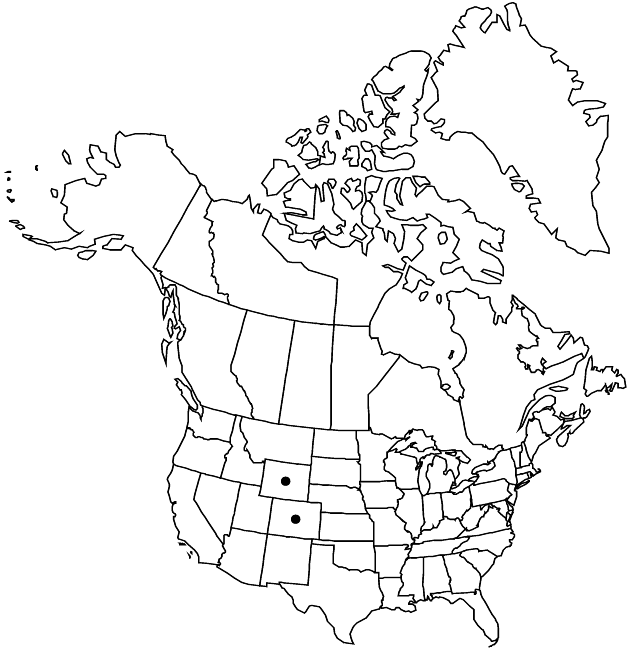Difference between revisions of "Grindelia subalpina"
Pittonia 3: 297. 1898.
FNA>Volume Importer |
imported>Volume Importer |
||
| (2 intermediate revisions by 2 users not shown) | |||
| Line 6: | Line 6: | ||
|place=3: 297. 1898 | |place=3: 297. 1898 | ||
|year=1898 | |year=1898 | ||
| + | }} | ||
| + | |special_status={{Treatment/ID/Special_status | ||
| + | |code=E | ||
| + | |label=Endemic | ||
}} | }} | ||
|basionyms= | |basionyms= | ||
| Line 52: | Line 56: | ||
|publication title=Pittonia | |publication title=Pittonia | ||
|publication year=1898 | |publication year=1898 | ||
| − | |special status= | + | |special status=Endemic |
| − | |source xml=https:// | + | |source xml=https://bitbucket.org/aafc-mbb/fna-data-curation/src/2e0870ddd59836b60bcf96646a41e87ea5a5943a/coarse_grained_fna_xml/V19-20-21/V20_994.xml |
|tribe=Asteraceae tribe Astereae | |tribe=Asteraceae tribe Astereae | ||
|genus=Grindelia | |genus=Grindelia | ||
Latest revision as of 20:07, 5 November 2020
Biennials or perennials (perhaps flowering first year), 15–30(–60) cm. Stems erect, usually reddish, sometimes stramineous, glabrous. Cauline leaf blades spatulate or oblanceolate to oblong or lanceolate, 15–70 mm, lengths 3–5(–7) times widths, bases ± cuneate or clasping, margins usually dentate or serrate (teeth apiculate), sometimes entire, apices rounded or obtuse to acute, faces glabrous (or, near margins, scabridulous) and sparsely to densely gland-dotted. Heads usually in open, corymbiform to paniculiform arrays, seldom borne singly. Involucres broadly urceolate to globose, 8–11 × 10–20 mm. Phyllaries in 5–6 series, linear or lanceolate to oblong-lanceolate, apices looped to hooked (outer) or recurved to nearly straight, terete to subulate or acuminate, slightly to moderately resinous. Ray florets 18–27; laminae 10–15 mm. Cypselae whitish or stramineous, 2.5–5 mm, apices smooth or weakly coronate, faces smooth or finely furrowed; pappi of 4–8 straight, barbellate to barbellulate bristles or setiform awns 2.5–5.5 mm, shorter than disc corollas. 2n = 12.
Phenology: Flowering Jul–Aug.
Habitat: Dry, open, sandy or gravelly slopes, ridges, valleys, stream banks, waste grounds
Elevation: 1600–2900 m
Discussion
Selected References
None.
